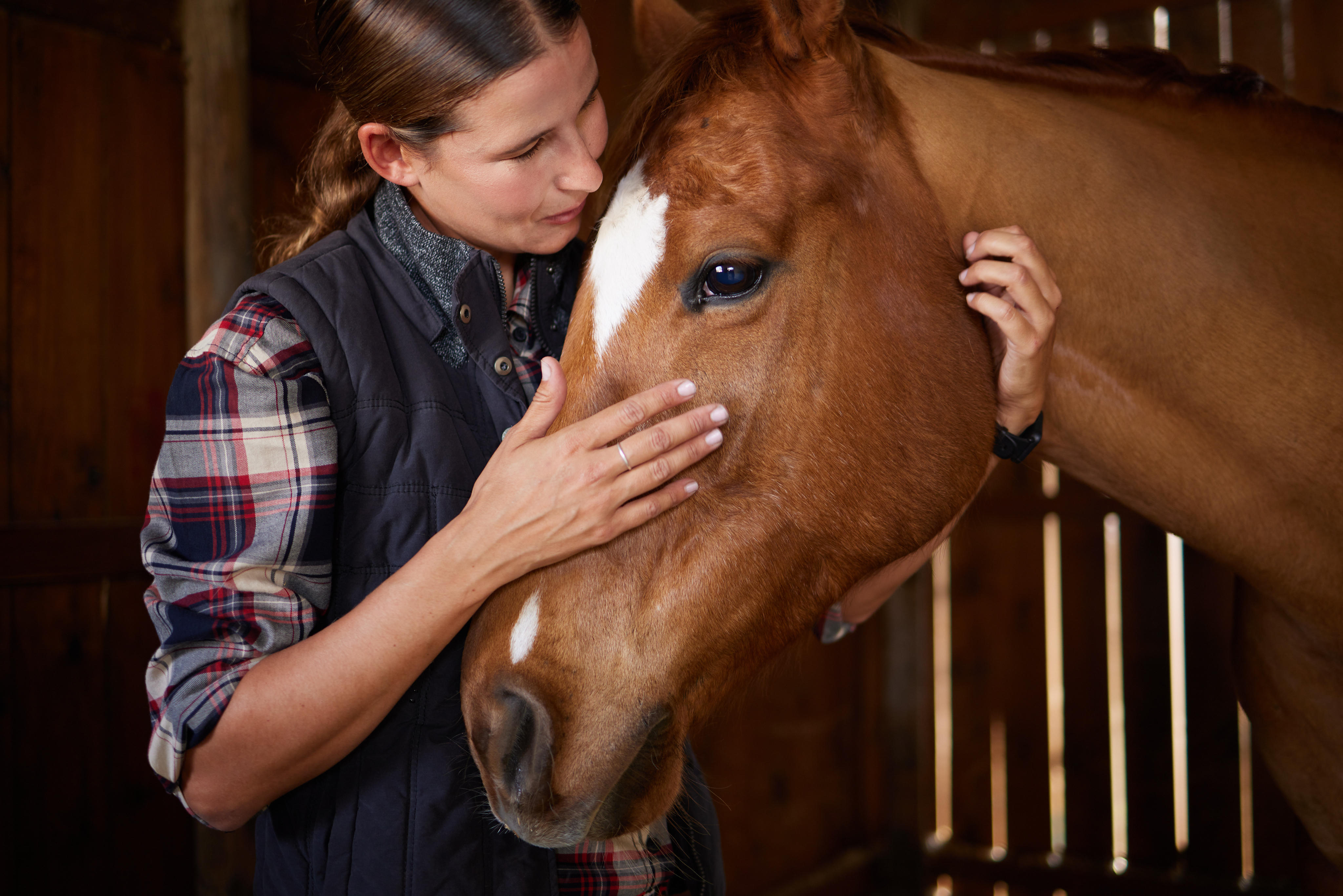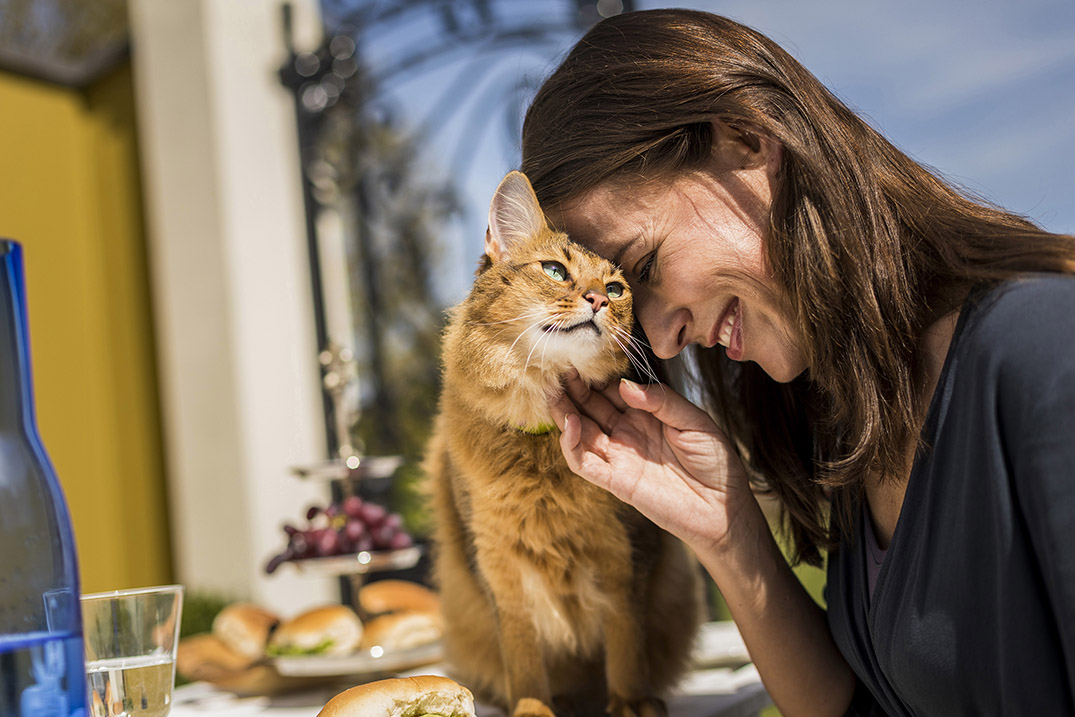NOBIVAC® FELINE 1-HCPCh
Feline Chlamydophila (formerly Chlamydia) is caused by a bacteria known as Chlamydophila felis and primarily causes conjunctivitis, inflammation of the membrane lining the eyelid.
Product Description
NOBIVAC® FELINE 1-HCPCh
Shown to be effective against feline rhinotracheitis, calicivirus, panleukopenia, as well as feline Chlamydophila.
Disease Overview
Although disease caused by Chlamydophila felis in cats has been referred to as feline pneumonitis, Chlamydophila rarely causes pneumonia in cats.
Feline Chlamydophila is regarded as a primary conjunctival pathogen and infection always involves the eye, resulting in conjunctivitis and occasionally also causing signs of rhinitis, with sneezing and nasal discharge.
FELINE CHLAMYDOPHILA FAST FACTS
Transmission of Chlamydophila between cats occurs through direct contact with other cats or infected animals.32
Kittens may become infected by their mothers during birth.32
TRANSMISSION
Transmission occurs as a result of direct, close contact between cats, because the organism survives poorly in the environment.
Infected cats also shed Chlamydophila from their rectum and vagina, although whether venereal transmission may occur has not been confirmed.
CLINICAL SIGNS
- Watery or yellowish discharge from one or both eyes
- Swelling and reddening of the conjunctiva
- Mild sneezing and nasal discharge
- Mild fever (occasionally)
- Lethargy (occasionally)
CATS AT RISK
Cats exposed to others:
- Boards often or comes from a shelter environment
- Shares food and water bowls, or litter areas
- Lives in a multiple cat household
Young Cats with Chlamydophila conjunctivitis are generally <1 yr old, and cats 2–6 months old are at higher risk of infection.
MORBIDITY THREATS
The signs are most severe 9–13 days after onset and then become mild over a 2-3 week period.
In some cats, clinical signs can last for weeks despite treatment, and recurrence of signs is not uncommon.
SPREADING DISEASE
The incubation period after exposure to an infected cat ranges from 3 to 10 days.
Untreated cats may harbor the organism for months after infection.
DIAGNOSIS
Chlamydophila conjunctivitis in cats should be differentiated from conjunctivitis caused by feline herpesvirus 1 and feline calicivirus.
Diagnosis can be confirmed by demonstration of intracytoplasmic inclusions in exfoliative cytologic preparations, by isolation of the Chlamydophila organism in cell culture, or by PCR for DNA on conjunctival swabs.
Merck Animal Health Vaccines
Professional Resources and Educational Materials
Keep your clinic and staff informed and aware of diseases and outbreaks.
View More Nobivac ResourcesReferences




 Go To United States
Go To United States Algeria
Algeria Argentina
Argentina Australia
Australia Austria
Austria Bahrain
Bahrain Belgium (Dutch)
Belgium (Dutch) Brazil
Brazil Canada (English)
Canada (English) Chile
Chile Colombia
Colombia Croatia
Croatia Czech Republic
Czech Republic Denmark
Denmark Ecuador
Ecuador Egypt
Egypt Finland
Finland France
France Germany
Germany Greece
Greece Hungary
Hungary India
India Indonesia
Indonesia Iraq
Iraq Ireland
Ireland Israel
Israel Italy
Italy Japan
Japan Jordan
Jordan Kuwait
Kuwait Lebanon
Lebanon Malaysia
Malaysia Mexico
Mexico Morocco
Morocco Netherlands
Netherlands New Zealand
New Zealand Norway
Norway Oman
Oman Panama
Panama Peru
Peru Philippines
Philippines Poland
Poland Portugal
Portugal Qatar
Qatar Romania
Romania Russian Federation
Russian Federation Saudi Arabia
Saudi Arabia South Africa
South Africa South Korea
South Korea Spain
Spain Sweden
Sweden Switzerland (French)
Switzerland (French) Taiwan
Taiwan Thailand
Thailand Tunisia
Tunisia Turkey
Turkey Ukraine
Ukraine United Arab Emirates
United Arab Emirates United Kingdom
United Kingdom Uruguay
Uruguay Yemen
Yemen Global
Global